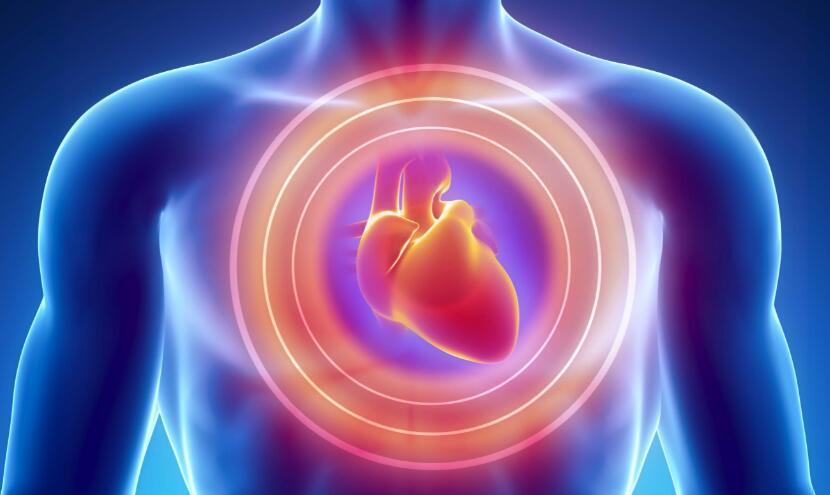Source: Life Times
Sheng Li, chief physician of the Department of Cardiology, the First Affiliated Hospital of Harbin Medical University
Recently, Gao Runlin, academician of Fuwai Hospital of the Chinese Academy of Medical Sciences, Professor Wang Zengwu and others published a study saying that the weighted prevalence of valvular heart disease in China is 3.8%, and it is estimated that there are 25 million patients with valvular disease. Due to the aging of the population, the burden of valvular disease has increased, rheumatic heart disease and degenerative valvular disease are currently the main threats to the health of the elderly in China.

The heart continuously supplies blood to the whole body, is a circulating pump, and for the blood to flow in the right direction, the "switch" of the heart valve is needed to function. Once the valve fails, it will affect the whole body, causing related diseases. The heart has four valves, namely the aortic valve, the pulmonary valve, the mitral valve and the tricuspid valve, which guard the key points and ensure the normal flow of blood from the heart to the whole body without reverse flow. The heart valve is shaped like a three-lobed fan, when the heart contracts, the blood flow rushes through the valve and flows throughout the body; when the heart is relaxed, the valve closes, and the three leaf valves close tightly to prevent blood from flowing backwards. If the valve is narrowed, the resistance to blood flow is large, which will affect the blood supply throughout the body; if the valve is incompletely closed, the blood will flow back to the heart, affecting heart function.
In the outpatient clinic, many elderly people diagnosed with valvular disease are very worried, thinking that this is a major operation, very afraid, and thus delaying effective treatment. In fact, each patient's etiology, type of valvular disease, lesion site and clinical manifestations are different, so it is not necessary to operate on surgery. Early asymptomatic senile valvular heart disease is not required and can be observed dynamically, and when symptoms appear, appropriate medical or surgical treatment is given. Mitral stenosis is the most common type of rheumatic valvular heart disease, with 40% of patients having simple mitral stenosis, with anti-rheumatic therapy and antibiotics to suppress haemolytic streptococcal infection with antibiotics. Patients with moderate to severe mitral stenosis should be considered surgically, commonly with percutaneous mitral valve balloon plasty and mitral valve dissociation. If concomitant closure insufficiency is accompanied, prosthetic valve replacement may be considered. Patients with a small amount of regurgitation of the mitral or tricuspid valve generally do not need special treatment, and regular re-examination of cardiac ultrasound can be done. If it is moderate to severe reflux, it should be paid attention to, and surgical treatment should be considered when dyspnea, fatigue, and hemoptysis occur, otherwise it will be life-threatening to progress into irreversible injury or serious cardiac complications in the later stage. Aortic valve lesions are mostly congenital or degenerative lesions, and when the aortic valve orifice area is narrowed to 1/3 to 1/4 of the normal, patients often have dyspnea, syncope, and angina "triple signs". Patients with mild lesions need to be reviewed regularly to prevent the occurrence of infective endocarditis, and if heart failure is present in moderate to severe patients, balloon dilation, surgical valve replacement, or transcatheter valve replacement should be performed.
Therefore, patients do not have to worry too much, early lesions for the cause of internal medicine treatment, prevention of infectious endocarditis can be; only narrowing or closure insufficiency to moderate to severe, accompanied by arrhythmias and heart failure, interventional or surgical treatment.
This article is from Life Times and represents only the author's views. The National Party Media Information Public Platform provides information dissemination services.
ID:jrtt